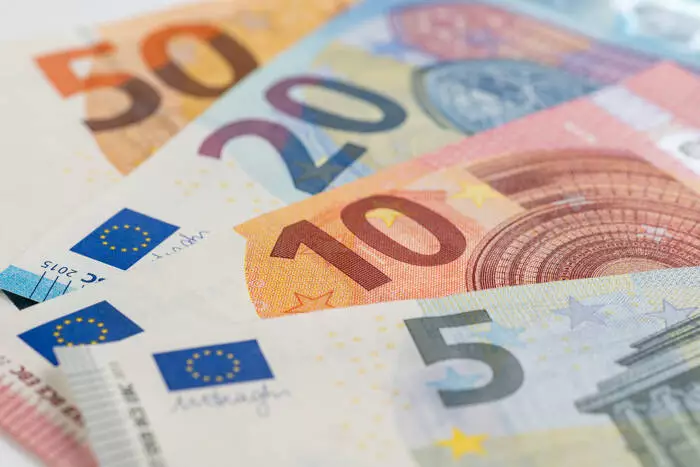Gold is on the cusp of its most impressive monthly gains since last March, reflecting robust investor sentiment intertwined with the nuances of American political developments. The recent strength of gold has been notable, particularly as the market grapples with the implications of U.S. Federal Reserve policies. As fears of inflation and economic downturn loom large in the minds of investors, these dynamics play a crucial role in shaping market behavior.
The Federal Reserve maintained its interest rate at a range of 4.25% to 4.5% as anticipated during their recent meeting on January 29. This decision underscores the Fed’s cautious approach toward interest rate adjustments, which it emphasized would hinge on inflationary trends. The market now places an 85% probability on the Fed sustaining this stance in March, a stark indication of the current economic climate’s stability, reflected in a robust job market and noteworthy GDP indicators.
What makes this scenario more intriguing is the omission of references to progress toward the Fed’s target inflation rate of 2%. This change hints at a possible shift in the Fed’s perspective on inflation, suggesting that they may view the recent uptick as part of a broader, lasting trend rather than isolated anomalies. Such insights could have profound implications for future monetary policy.
Across the Atlantic, the European Central Bank (ECB) has opted to cut its main refinancing rate to 2.9%, aligning with widespread market expectations. This adjustment provides the ECB with the latitude to potentially implement further reductions in its upcoming meetings. In contrast to the U.S., where inflation sits higher, the eurozone’s annual headline inflation rate is approximately half a percent lower. The ECB forecasts a decline in inflation to 2% by year’s end, which might influence how both banks manage their monetary policy moving forward.
The disparity in interest rates between the euro and the dollar raises concerns about potential weaknesses for the euro, especially with a robust U.S. economy underscoring the dollar’s strength.
Trade Tariffs and Market Reactions
Political maneuvers also weigh heavily on market sentiment. Recent declarations by Donald Trump regarding the introduction of 25% tariffs on various imports from Canada and Mexico, along with potential 10% tariffs on Chinese goods, add another layer of complexity to the economic landscape. While markets anticipated these trade policies, the specifics regarding the financial impact and the products affected will be vital for traders. The uncertainty stemming from these revelations can lead to volatility that investors must navigate carefully.
The confluence of monetary policy decisions, geopolitical tensions, and inflation concerns creates a multifaceted investment environment. As gold thrives amidst these conditions, driven by a combination of safe-haven demand and inflation fears, investors remain vigilant. Understanding the nuances of economic indicators, central bank decisions, and political developments becomes imperative for successfully navigating these turbulent market waters. The upcoming weeks are poised to be critical as both American economic policies and European monetary actions unfold, further shaping the financial landscape.

